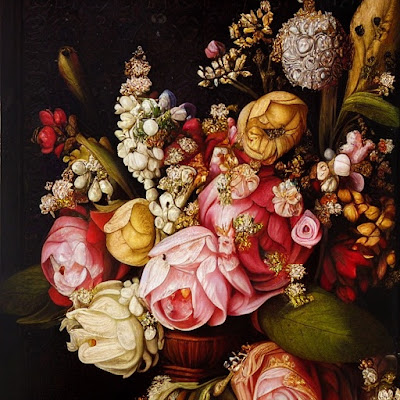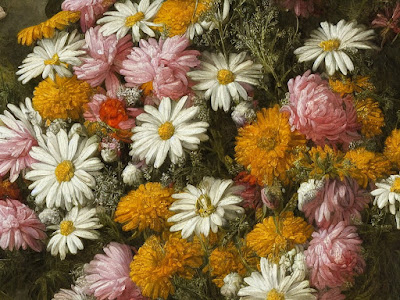Many wedding traditions have ancient origins. This includes things like wedding veils, wedding vows, rings, having a best man, bridesmaids, carrying the bride over the threshold, wedding cakes, and more. The thing is that all these traditions started somewhere before they became a custom. These practices evolve with time and reflect changes in social norms and cultural influences as well as individual practices. With that in mind, I thought it could be fun to look at wedding trends evolving in today’s culture. In some cases, what we think of as new or different are practices that revisit traditions of the past.
2024 wedding trends:
Personalization: Couples are increasingly customizing their weddings to reflect their personalities and unique love stories. This can include writing your own vows, signature cocktails, and personalized decorations. While traditional weddings often followed a set of standard customs and rituals, the desire for personalization started to gain traction as societal attitudes towards marriage and celebrations became more individualistic. The overarching trend towards more personalized and meaningful weddings reflects broader shifts in attitudes towards marriage and wedding celebrations.
Intimate Weddings: Smaller, more intimate weddings have become popular. I think the COVID-19 pandemic helped this practice to trend and now couples are opting for smaller guest lists to create more meaningful and memorable experiences for themselves and their loved ones.
Weekday Weddings: Weekday weddings are gaining popularity as couples seek to save costs and secure their preferred venues. Weekdays often offer more flexibility in terms of vendor availability and accommodations.
Ultimately, the best day for a wedding depends on the preferences and priorities of the couple getting married. It turns out that historically, according to English tradition and lore, when it comes to luck the best day of the week to get married is Wednesday and the worst day is Saturday. In the West, Saturdays have become popular for weddings because they are typically more convenient for guests allowing them more time to travel and celebrate without the constraints of work schedules. There was a time, believe it or not, when a Christmas Day wedding was popular for practical reasons and just 50 years ago it was common practice to hold the wedding reception at the home of the bride’s parents.
Sustainable Weddings: Environmentally conscious weddings are on the rise, with couples opting for eco-friendly practices such as using recycled materials, reducing waste, and choosing locally sourced or organic food and flowers.
Technology Integration: Technology is playing an increasingly significant role in weddings, with couples incorporating:
- live streaming for virtual guests
- drones for photography
- creating personalized wedding websites
- utilizing social media for wedding planning and sharing moments with loved ones
Non-Traditional Venues: Couples are moving away from traditional wedding venues like churches and banquet halls, opting instead for unique locations such as vineyards, barns, beaches, and even private homes or gardens. These same types of wedding venues are found throughout history and reflect the cultural and religious diversity of human societies, with ceremonies taking place in locations with significance for the couple and their community. In the past, in areas where churches were scarce or inaccessible, traveling clergy or officiants conducted weddings in temporary locations such as tents, barns, or community centers.
Cultural Fusion: Many couples are blending elements from different cultural backgrounds to create multicultural weddings that celebrate their diverse heritages and traditions.
Weekend-Long Celebrations: Some couples are extending their wedding celebrations into weekend-long affairs, incorporating pre-wedding events like welcome parties, rehearsal dinners, and post-wedding brunches to spend more time with guests.
Interactive Experiences: Couples are incorporating interactive elements into their weddings to keep guests engaged and entertained. This can include:
- photo booths
- a date night suggestions jar (next to the guest book)
- lawn games
- DIY stations
- interactive food and drink stations
Micro-weddings and Minimonies: With the rise of intimate weddings, micro-weddings (typically with guest lists of 20 or fewer) and minimonies (small ceremonies held with close family and friends, often followed by a larger celebration later) have become increasingly popular options for couples.
These trends emphasize a shift towards weddings that prioritize authenticity, connection, and sustainability, offering a glimpse into the future of wedding celebrations. It's intriguing to think about how weddings will continue to evolve in the coming years and centuries.










